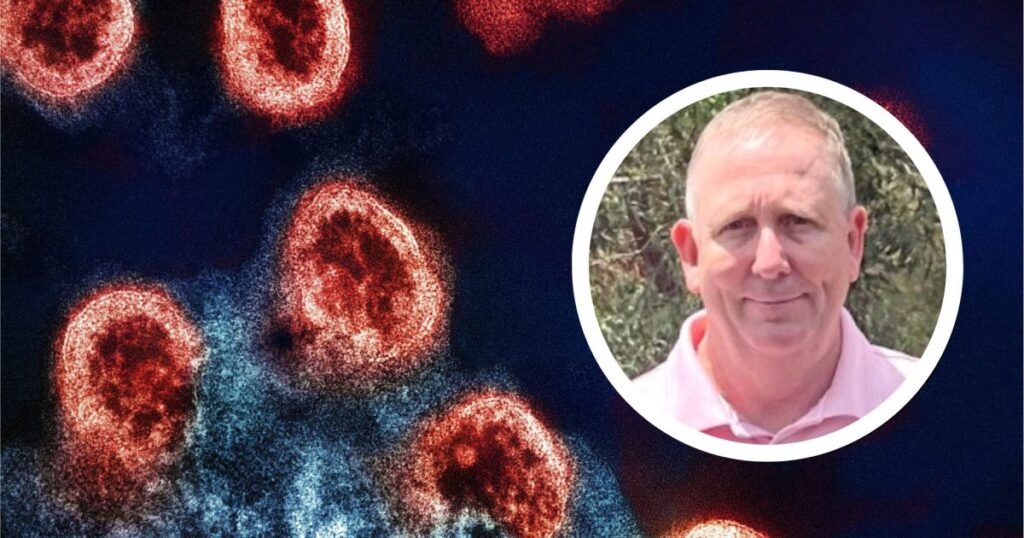
Scientists are making strides in the fight against human immunodeficiency virus (HIV) with the development of new vaccines using mRNA technology, yielding promising results in early-stage clinical trials. Researchers from the Fred Hutchinson Cancer Centre have engineered a vaccine that builds upon the same mRNA technology that was pivotal in the rapid development of COVID-19 vaccines.
Currently, there is no FDA-approved vaccine to prevent HIV, but according to Dr. Brian Sengstock, associate head of Charles Sturt University’s School of Healthcare Sciences, “we are one step closer to a potential HIV vaccine.” Dr. Sengstock, who leads a $1.5 million research initiative aimed at improving access to HIV preventive care, highlights the unique challenges posed by the virus’s ability to “hide” within cells.
Understanding the Challenges of HIV
“It’s always had that ability to hide in the cell, unlike other viruses, which attach to the exterior of the cell,” Dr. Sengstock explained. “HIV actually goes into the inside elements of the cell. We have effective antiretroviral therapies, but if the person was to stop taking those medications, the virus can re-emerge.”
Antiretroviral therapies (ART) are a combination of HIV medications taken regularly to prevent the virus from reproducing and progressing to acquired immunodeficiency syndrome (AIDS). While ART is not a cure, it allows individuals with HIV to live long, healthy lives and prevents the virus from spreading to others.
Innovative Approaches in Vaccine Development
The new vaccine being developed targets the virus inside the cell. “The vaccine works on actually going into the cell and finding the HIV virus,” Dr. Sengstock stated. “This allows it to identify and work against the virus inside the cell.”
Based on his research and observations in the HIV field, Dr. Sengstock is “reasonably confident” that a fully functional and affordable HIV vaccine will eventually be developed. “Probably not within the next two or three years, I think it will be much longer than that,” he said. “But I’m certainly increasingly confident we will see a vaccine for the actual treatment of HIV.”
Progress and Support in Australia
Despite the stigma surrounding HIV, research efforts in Australia are robustly supported. In July, the Australian Red Cross Lifeblood relaxed its long-standing restrictions on blood or plasma donations from men and transgender women who have sex with men, including those on pre-exposure prophylaxis (PrEP).
Australia has committed to the virtual elimination of HIV transmission by 2030, and Dr. Sengstock believes the country is “close to succeeding.” “When you look at other developed countries, Australia is very much at the forefront of HIV research,” he noted.
The World Health Organization has set a goal globally for virtual elimination of HIV transmission, which we have achieved in some parts of Australia. For example, in the inner-Sydney area, where there’s a large gay population, we have achieved virtual elimination of HIV in August 2023, but that’s limited to small pockets.
Public Health Recommendations
Dr. Sengstock advises men and transgender women who engage in sexual activity with other men to undergo HIV testing every three months, or at least annually, according to clinical guidelines. “It gives you and your sexual partners peace of mind,” he said.
The Commonwealth now supports free HIV testing kits, which can be delivered to individuals or accessed through vending machines. “It’s just like a COVID test. It’s a finger prick, dry-blood test and 20 minutes later, it will tell you yes or no,” Dr. Sengstock explained. “For those who test positive, it’s very important they get in touch with a doctor.”
The announcement of these advancements in HIV vaccine research comes as a beacon of hope for millions worldwide, marking a significant step forward in the ongoing battle against the virus. As research continues, the global community remains vigilant, with the potential for a groundbreaking vaccine on the horizon.







